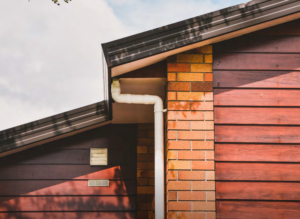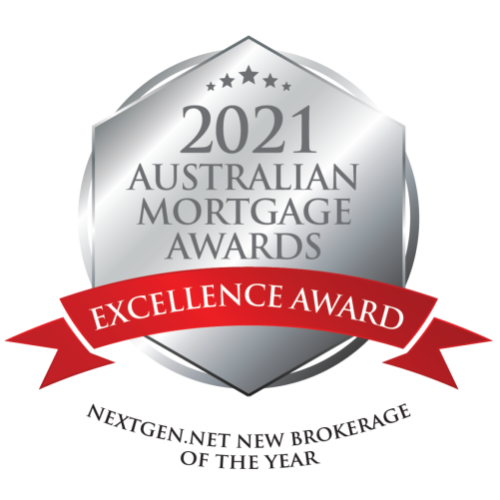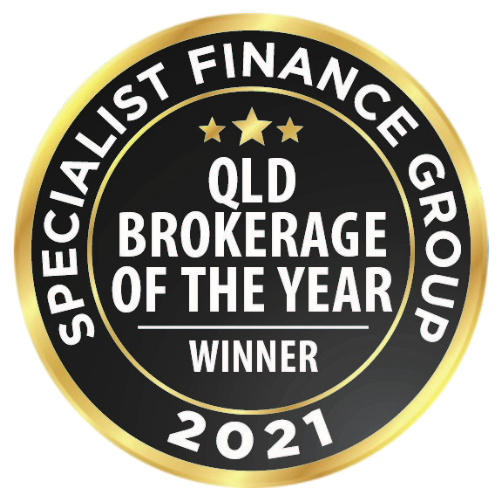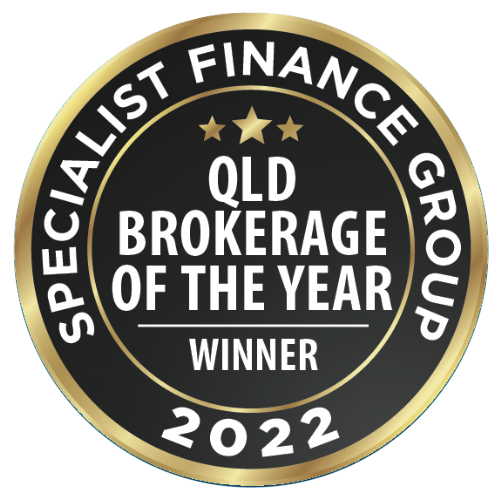The great Aussie dream of paying off your mortgage and owning your home can sometimes feel like a lifetime away. While outright home ownership might be some time away it is worth acknowledging that with each additional loan repayment you are building equity in your home. In addition, the recent increase in property prices is also likely to have contributed to an increase in your equity.
Did you know that you do not necessarily have to wait until you have paid off your home before you can start utilising the ‘available’ equity to start a wealth creation strategy?
The good news is you can access the equity without having to sell your home!
One of the most popular wealth creation options adopted by many home owners is the purchase of an investment property. Rather than contributing a cash deposit towards the purchase of the investment property, the equity in your existing home can be utilised as security for the purchase of the investment property. In many instances, investors have borrowed the full cost of the investment property.
Investing in property with your home equity
When purchasing an investment property, it is important to understand that you can’t use all your home equity.
Generally, lenders will allow you to borrow up to 80% of the value of your home (being the loan to value ratio – LVR), subject to serviceability and assessment. If this were the case, the available equity in your home that may be utilised as security for the purchase of an investment property will be calculated by taking 80% of your home’s current value less outstanding loan amounts.
By way of example, the useable equity calculation would be:

This $130,000 available in your home equity can be utilised as security to cover the 20% (or less) deposit and associated costs required to be contributed for an investment property. In this instance, subject to serviceability and lending guidelines, an investment property having a value of approximately $650,000 could be purchased. Having purchased an investment property, the combined loans will equal no more than 80% of the combined value of the two properties.
A few tips:
- Lenders tend to value properties conservatively so the available equity may be lower than your expectation.
- Having an LVR of less than 80% will help avoid the payment of lenders’ mortgage insurance(LMI). Avoiding LMI is a good thing, but maybe paying LMI on the investment purchase allows you to purchase a higher price or a better property – it isn’t always a bad thing, but a personal decision and good to have advice.
- Lenders consider several factors such as the loan to value ratio (LVR), potential rental income,your income, living expenses, other loan balances and repayment, age, number of children andother factors when determining your potential borrowing capacity.
Your ultimate borrowing capacity is determined by your individual circumstances. Accordingly it is best to book an appointment with us to consider the merits of purchasing an investment property.


































